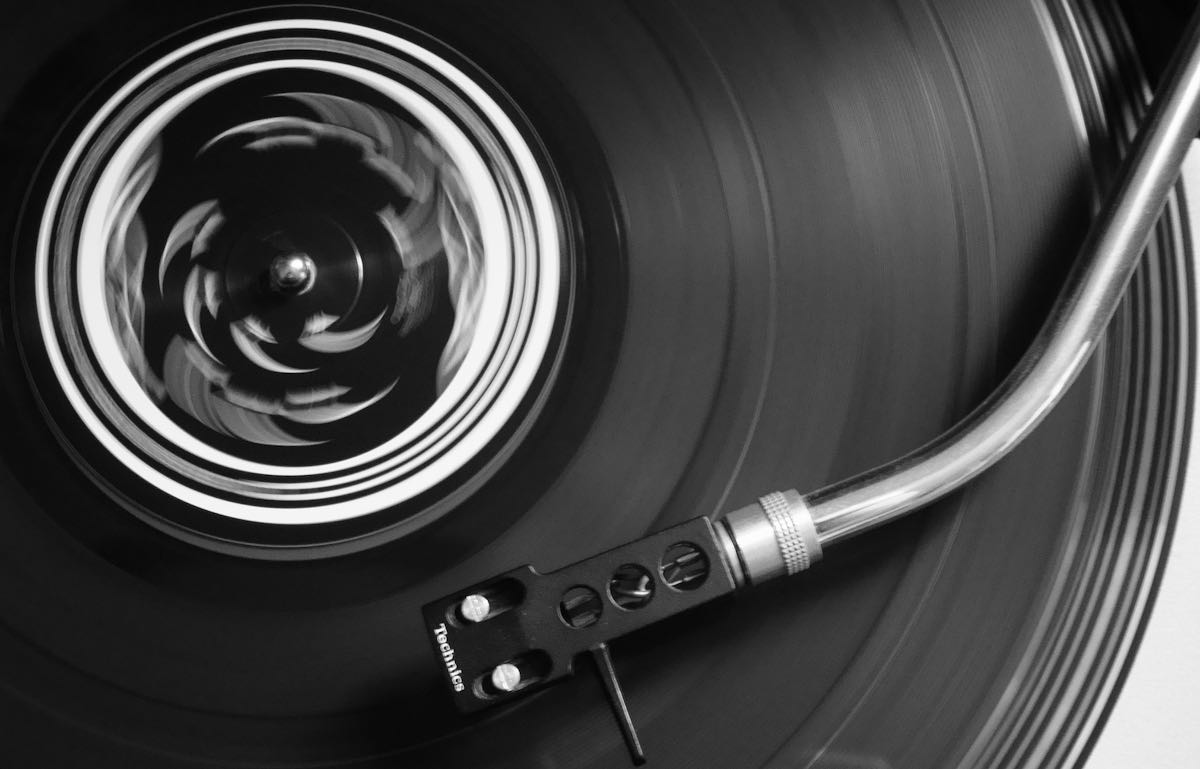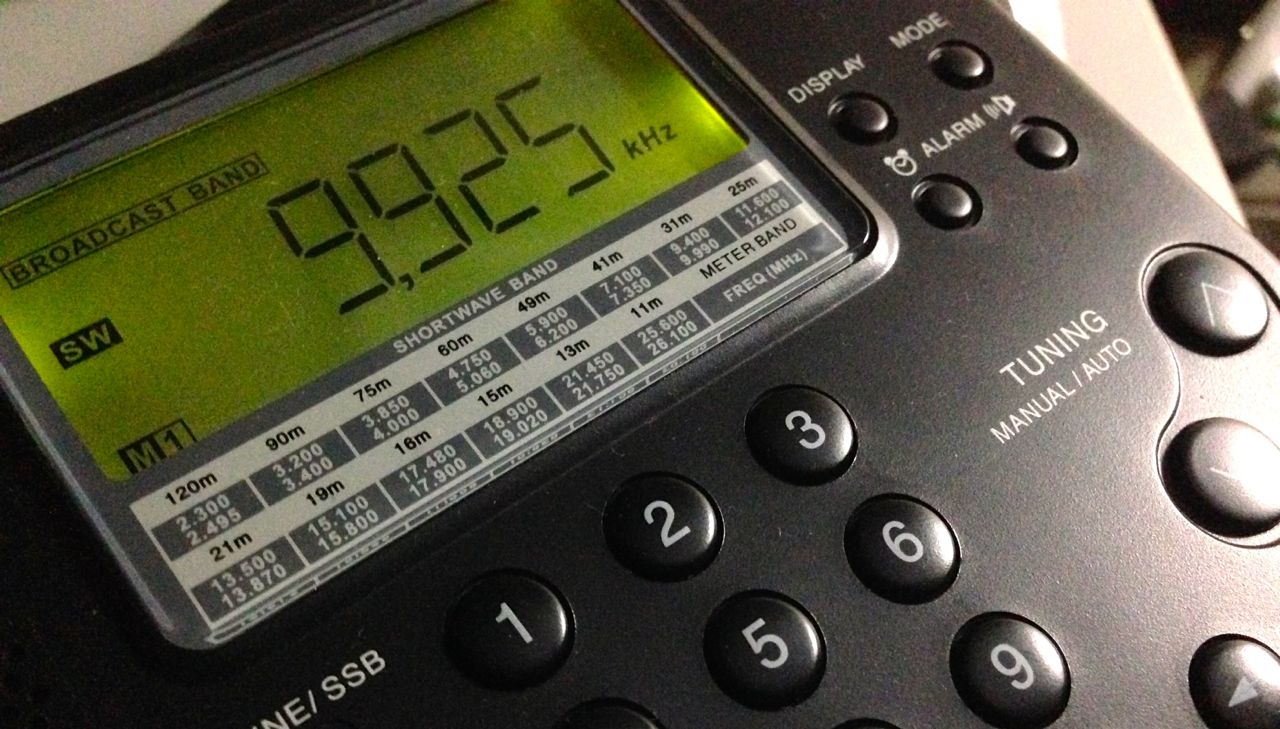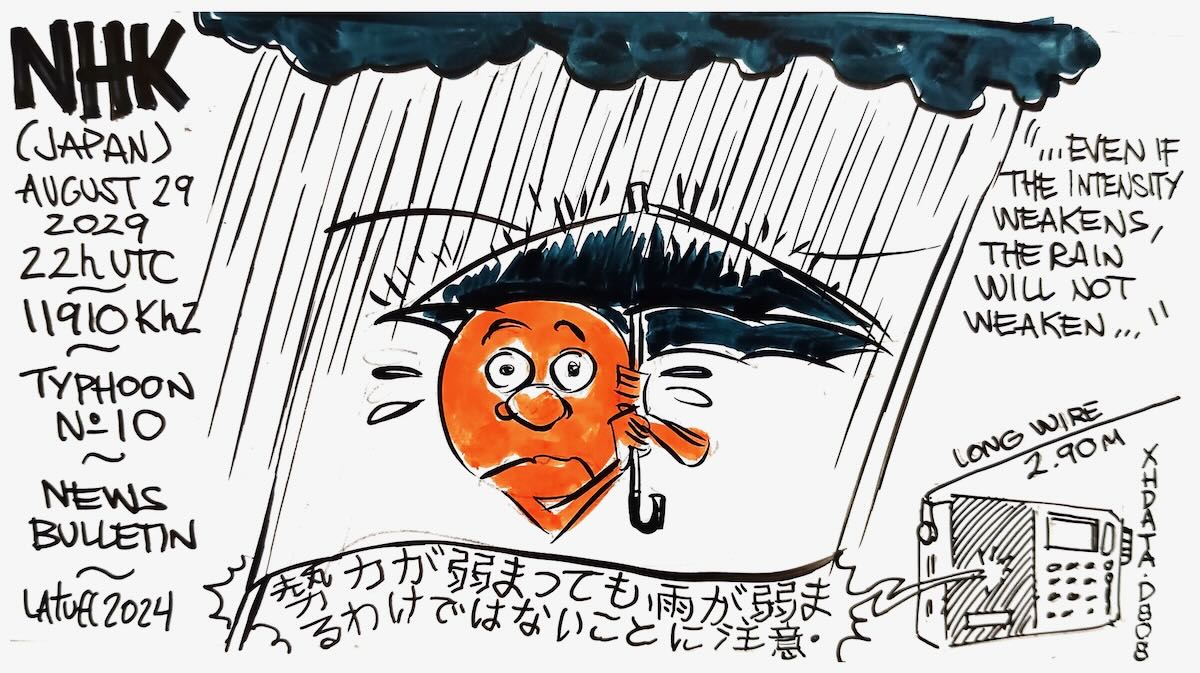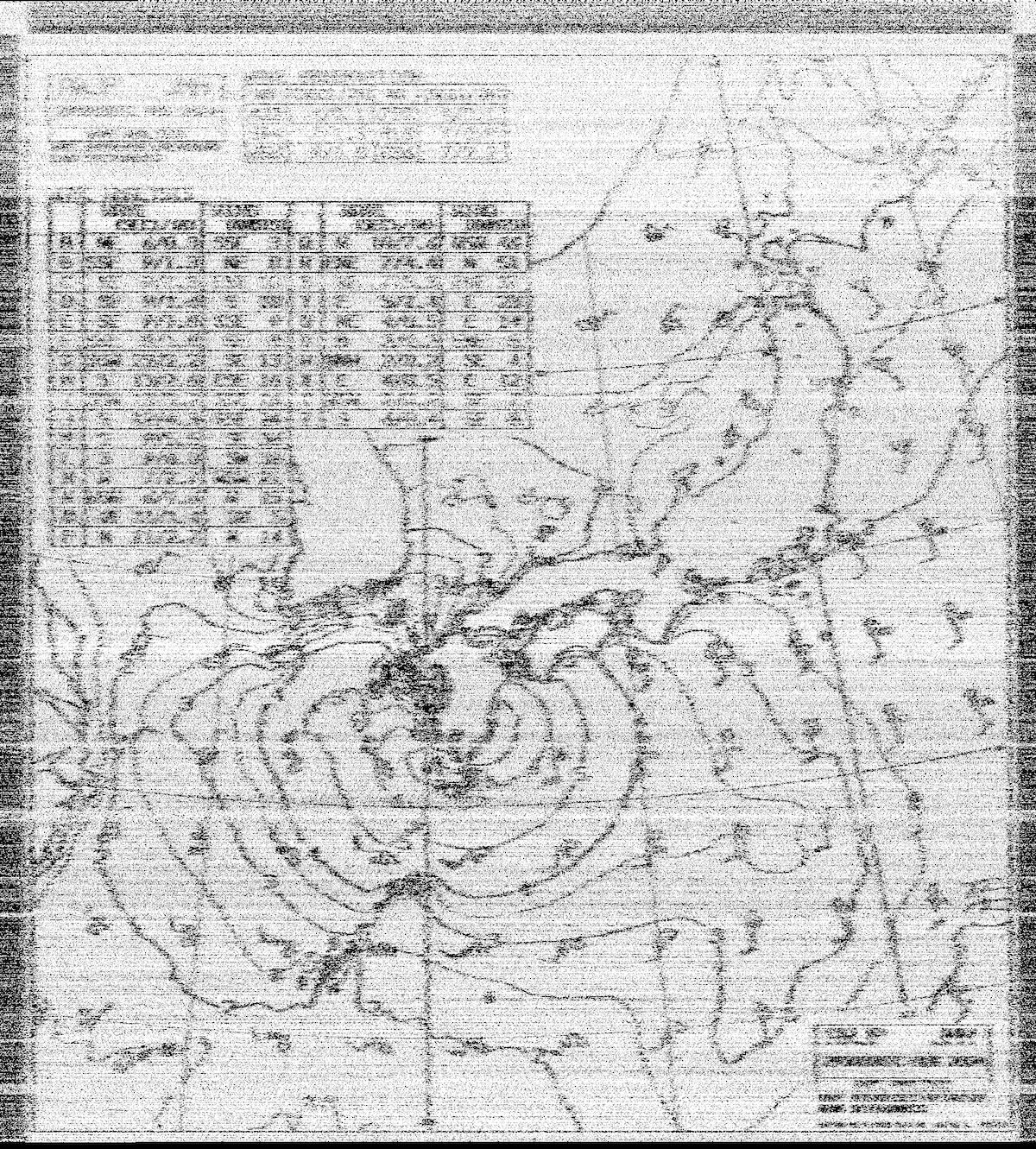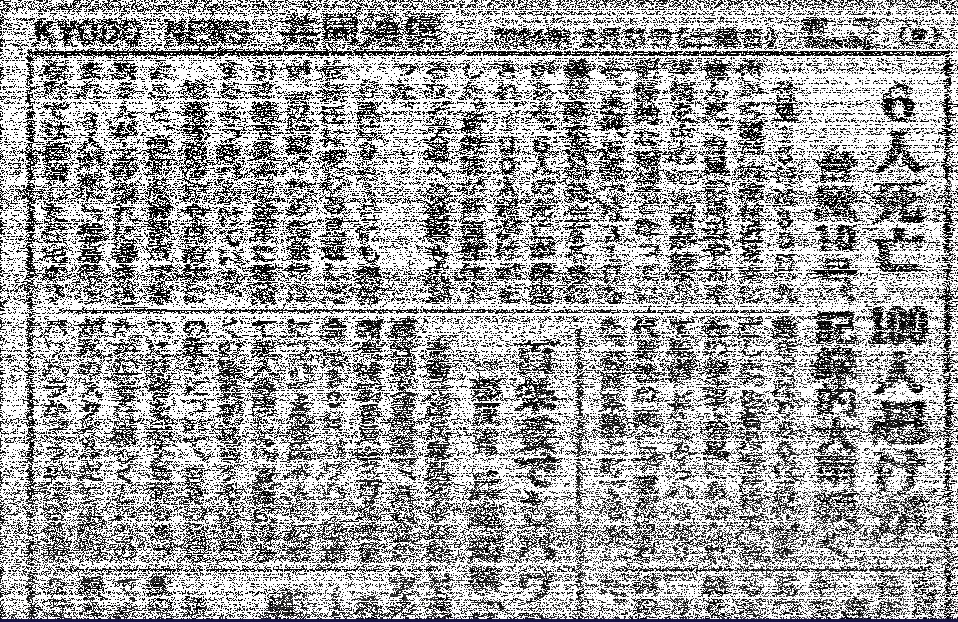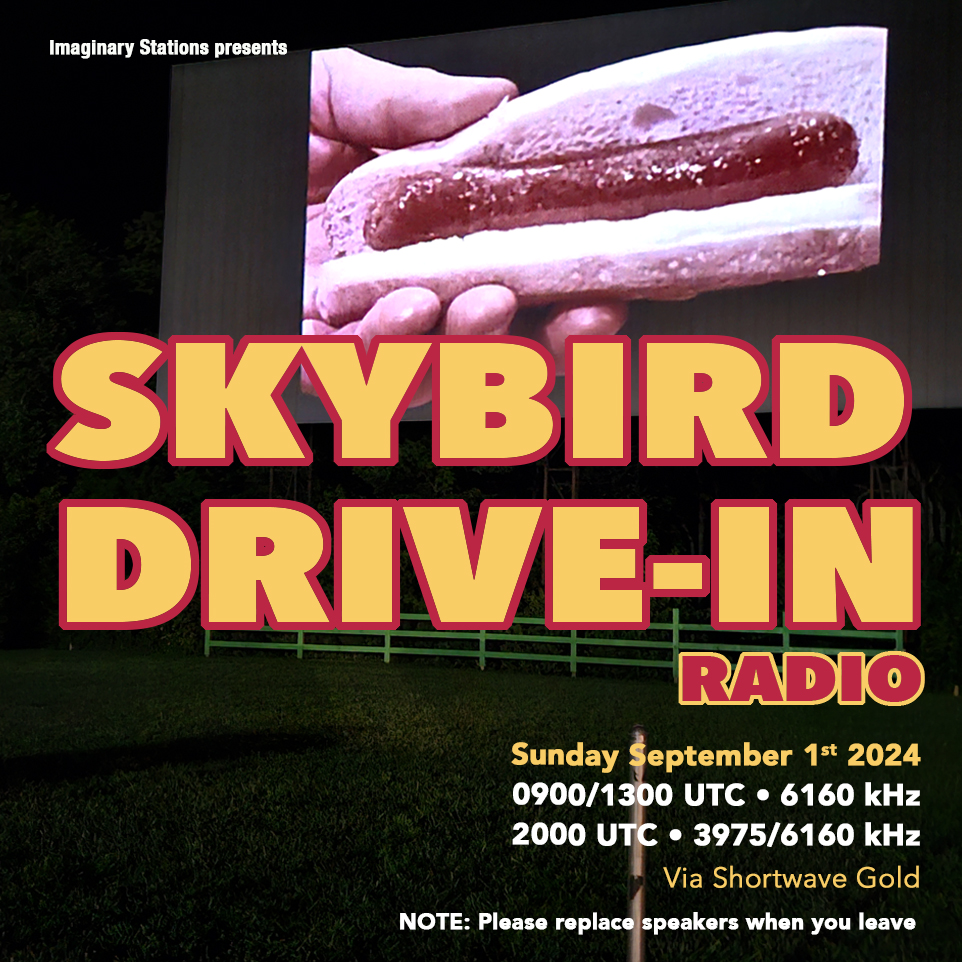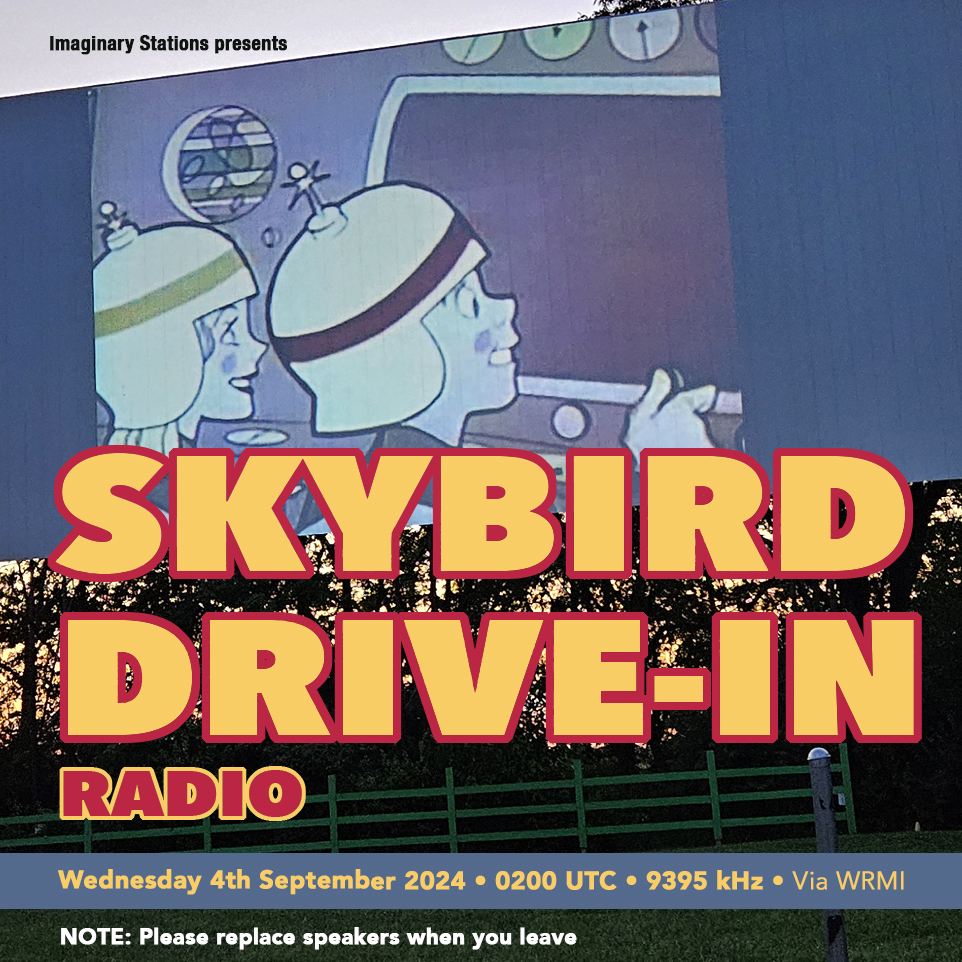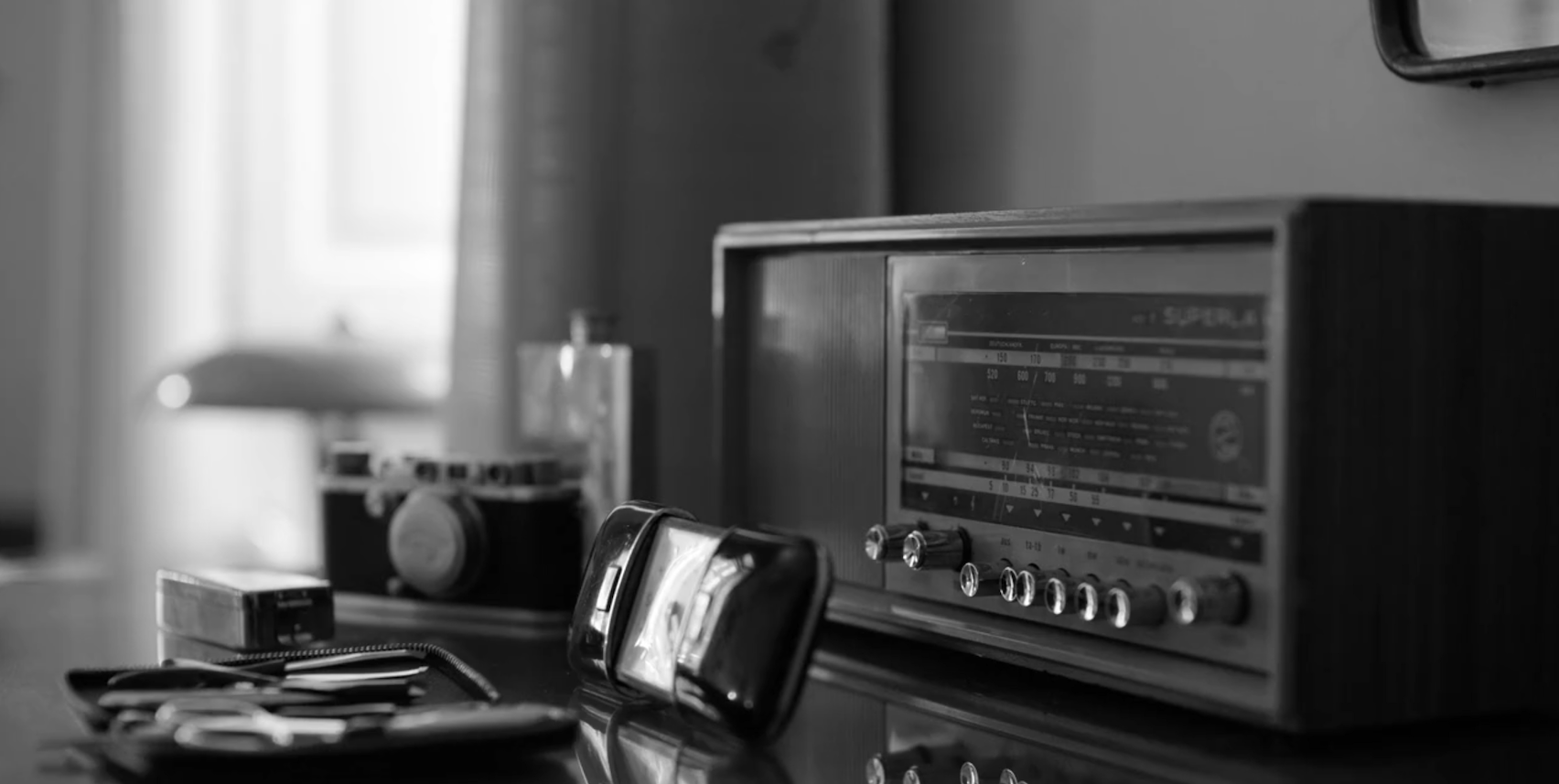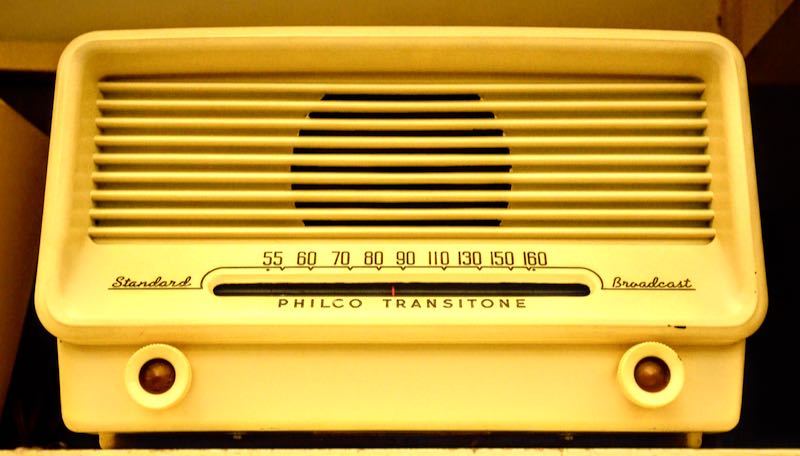 Many thanks to SWLing Post contributor, Bill Tilford, who shares the following announcement:
Many thanks to SWLing Post contributor, Bill Tilford, who shares the following announcement:
From the Isle of Music, September 14, 2024
On August 10, 2024, we will feature music from the Academic Music categories (concert soloist, chamber, symphonic) of Cubadisco 2024. This will include a rare opportunity to hear some Beethoven performed by Cuban virtuosos.
Times & Frequencies are:
1700-1800 UTC 9670 kHz with beam E-F towards South Asia but usable in Eastern Europe and parts of Eurasia
1900-2000 UTC 3955 & 6070 kHz (omnidirectional for Europe and beyond)
2300-2400 UTC 9670 kHz with beam P aimed at the Caribbean but usable in much of the Americas and possibly listenable in parts of Sourh Asia
All transmissions from Channel 292, Rohrbach, Germany
Uncle Bill’s Melting Pot, September 21, 2024
Our special guest Julio Cesar Pereira, who has done the excellent Ginga Brasil! programme on shortwave in the past, will be with us to present the very distinctive music of the states of Santa Catarina and Rio Grande do Sur n Brazil. This episode may surprise even regular followers of Brazilian music.
1700-1800 UTC 9670 kHz with beam E-F towards South Asia but very good in Eastern Europe and parts of Eurasia
1900-2000 UTC 3955 & 6070 kHz (omnidirectional for Europe and beyond)
2300-2400 UTC 9670 kHz with a special beam M-N towards South America for this episode. This might also be audible in parts of South Asia.
All transmissions from Channel 292, Rohrbach, Germany
Reception reports will be recognized via eQSLs even if webSDRs are used (provided that which SDR is clearly identified and the report covers the whole program, not just a few minutes.)

